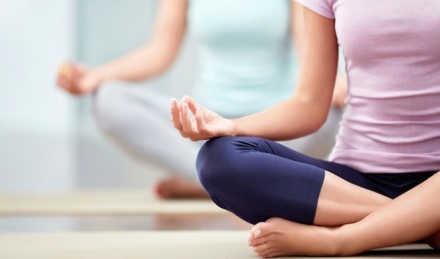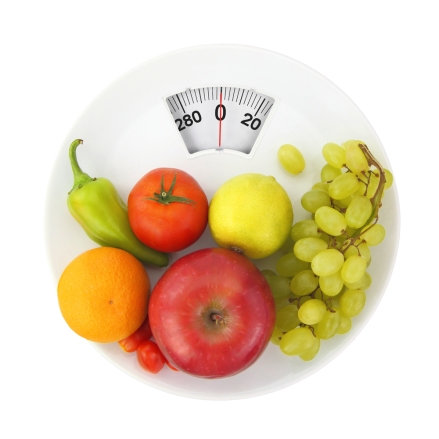April 8, 2013 | Anthony Yeung
Everyone who wants to burn fat wants to do it fast. Everyone. But, with so much advice and information floating around, it can be difficult to find an effective way to accomplish this goal.
The key to fat loss is calories. You have to expend more than you consume. There are two ways to do this: burn more calories with exercise and eat fewer calories. (Calculate how many calories you should eat.)
This article focuses on strength and nutrition factors that increase your ability to burn fat faster.
Gain Muscle
Over 60% of the calories you burn are from your body’s resting metabolic rate (RMR), which is the amount of energy it takes to maintain vital functions. Even if you lie in bed all day, you’ll still burn calories.
Your RMR depends on how much muscle you have. The more lean muscle, the more calories your body burns. So, it’s important that you work out to build muscle. You will simultaneously increase your RMR and burn more calories through exercise.
What to do: To build the most muscle and burn the most calories during workouts, perform complex multi-joint exercises like Squats, Deadlifts, Pull-Ups, Rows, Push-Ups and Bench Presses. Do three to four sets of eight to 12 reps, and make sure your last few reps are difficult.
Get the “Afterburn” Effect
How you work out alters the amount of calories you burn after you finish exercising. Oxygen levels remain elevated to bring your body back to its resting state. The phenomenon is called excess post-oxygen consumption (EPOC). Your metabolism is elevated as your body restores oxygen and energy levels and clears waste through circulation.
Intense and intermittent exercise creates a larger EPOC effect than traditional cardio. You can actually burn more calories after your workout if you focus on high-intensity exercise, such as interval training.
What to do: Finish your weight-training workouts with an intense conditioner that targets your anaerobic system. Beginners should start with a 1:2 (or even 1:3) work-to-rest ratio, and eventually progress to a 1:1 ratio. (Try this interval workout.)
Eat More Protein
Protein aids in muscle growth, which helps increase your RMR. It keeps you full longer, which can come in handy when eating a calorie-restricted diet. Protein also has a high thermal effect, meaning that it takes more calories to digest. (Add muscle with the two-hour rule.)
What to do: Eat lean protein with every meal. Shoot for at least one gram of protein for each pound of body weight.
Take Fish Oil
A 2010 study published the Journal of the International Society of Sports Nutrition found that fish oil supplementation increases lean mass and reduces fat mass. Also, fish oil reduces rates of heart disease, cancer symptoms and joint inflammation.
The exact amount of fish oil is debatable. The highlighted study called for four grams of fish oil per day (400mg EPA and 200mg DHA). However, I’ve seen it as high as one gram of fish oil for each percent of body fat. So, if you have 15 percent body fat, consume 15 grams of fish oil.
What to do: Take at least four grams of fish oil per day.
Consume a Pre-Workout Drink
Most athletes understand the benefits of post-workout nutrition; however, many ignore the importance of pre-workout nutrition. It may seem counterintuitive, because it calls for consuming calories to burn calories, but research supports it.
A study in the journal Medicine and Science in Sports and Exercise concluded that “timing protein supplementation before heavy resistance training (HRT) may be a simple and effective strategy to increase energy expenditure by elevating resting energy expenditure (REE) the day after HRT. Increasing REE could facilitate reductions in body fat mass and improve body composition if nutritional intake is stable.” In other words, having some protein before your workout can raise your metabolism after your workout, which helps you burn fat.
What to do: Shortly before your weight-training session, drink (or eat) some whey protein orBCAAs. Or, drink a little of your post-workout shake.


